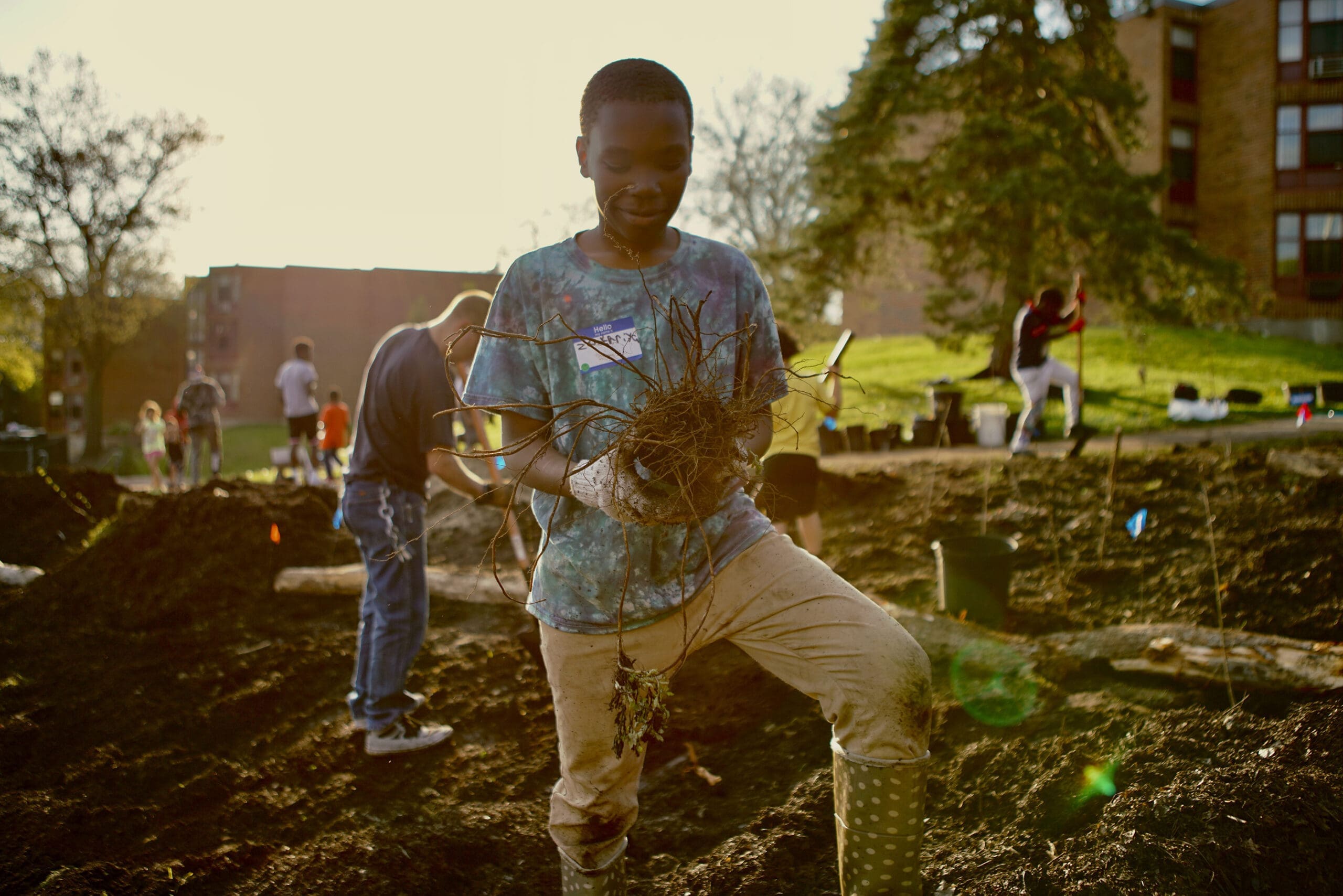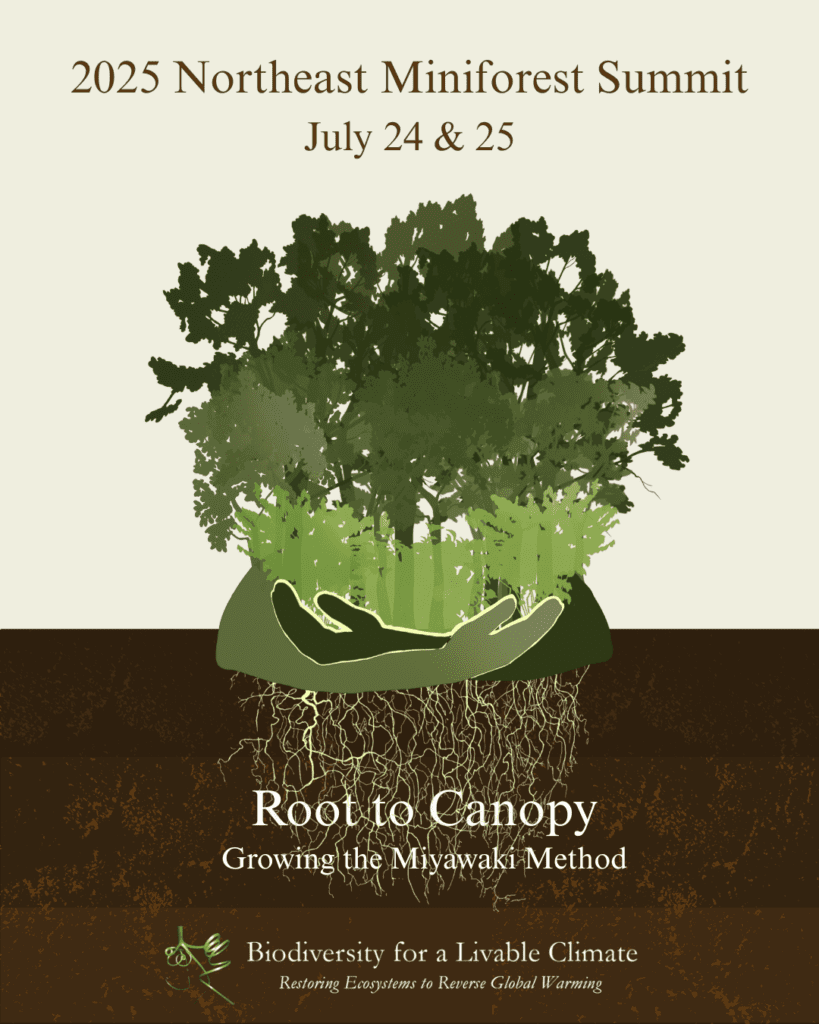We Need a New Climate Story
Nature is Climate
Biodiversity loss is not just the result of climate change, it is a primary driver of climate change. Only solutions that prioritize this web of life will create a truly livable climate for all.
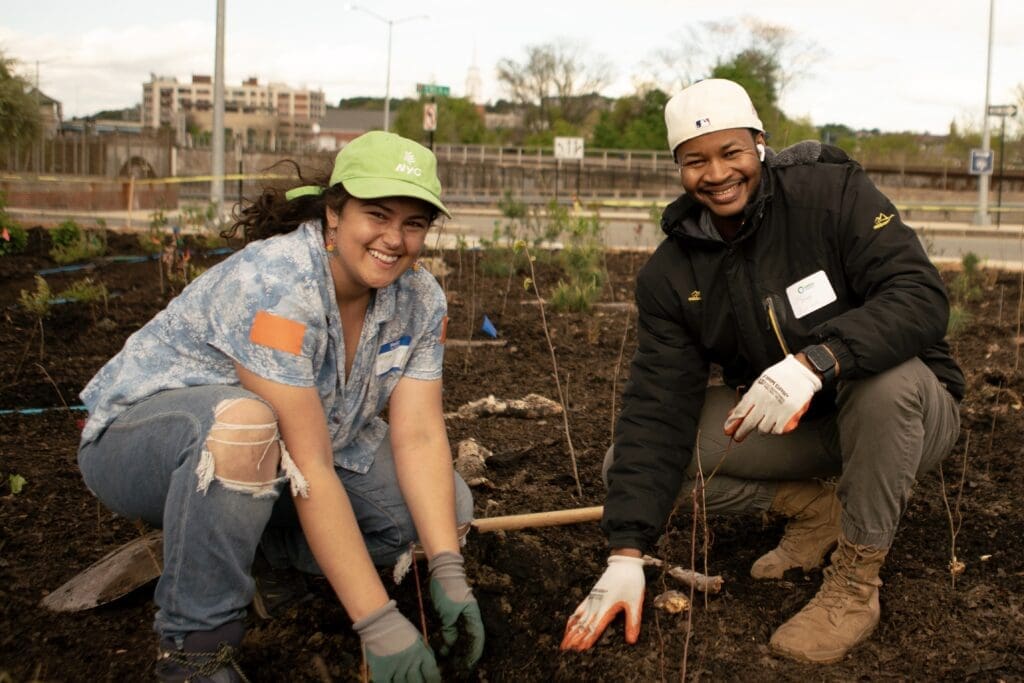
Restore Nature – Cool the Planet
Only nature has the ability to both cool the planet and lower greenhouse gas levels. Our planet is already too hot and too dry to maintain a stable climate and support life. These 4 Climate Keys are interlocking pieces of the cycles we must repair to quickly stop warming and start cooling the planet.
Cool
Healthy ecosystems full of biodiversity create direct cooling effects for our hot planet. More Nature = Less Heat.
Hydrate
Keeping water in the ground supports plants, crops and people. Beavers, insects and microbes are part of the Infiltration Team
Plant
Planting for biodiversity creates healthy ecosystems. Forests sequester carbon and use water vapor to move heat away from the Earth
protect
Indigenous leadership and wisdom can help us. Stop deforestation, industrial ag, mining, and pollution that kill off biodiversity.
Replace with regenerative practices
Q: What about atmospheric Carbon Dioxide – you know – the greenhouse effect?
A: It’s an important part of the story, but not the whole story. Learn More.
Who We Are
Bio4Climate Tells the Hidden Stories
For nearly a decade we have looked behind, around, and under the prevailing climate narratives for the missing pieces of the puzzle. We continue to bring you authors, ecorestoration specialists, and scientists from around the world who explore the interlocking systems that create a livable climate.
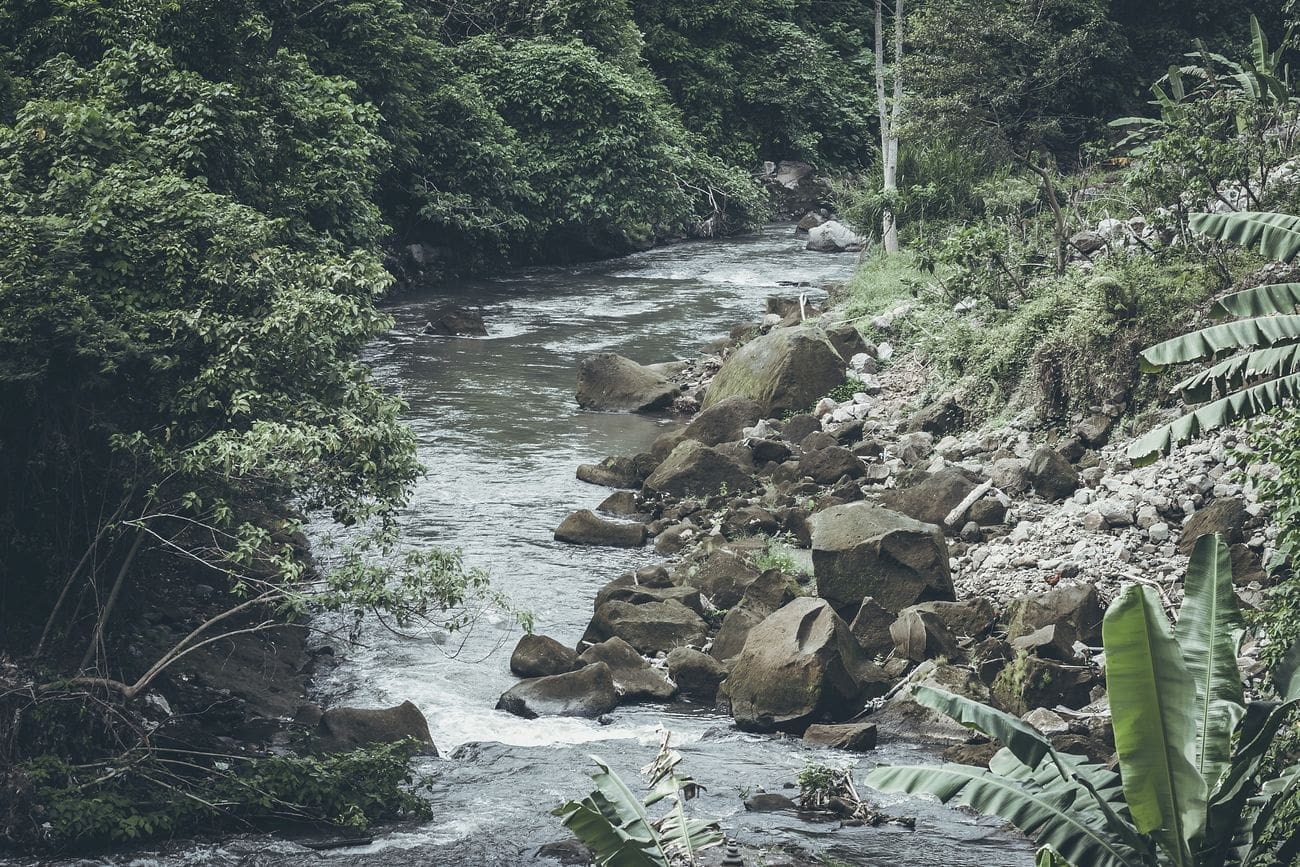
Stay on top of the Climate Conversation
Through education, policy and outreach, we promote the great potential of inexpensive, low-tech and powerful Nature solutions to the biodiversity and climate crises, and work to inspire urgent action and widespread implementation of many regenerative practices.
This Week
News and Insights

How To Be A Better Parasite
Sophie Pavelle
Only foolish parasites kill their host; smart ones hold them close. What if humans could learn from that? What if we mirrored the restraint, reciprocity, and sustainability of Earth’s most successful exploiters? Could this new sort of parasitic relationship offer our host planet the chance to survive—maybe thrive—in balance?
Evolutionary biologist Dr. Lynn Margulis famously argued that symbiosis is not an exception, but the root of life itself, responsible for the evolution of organelles like mitochondria and chloroplasts. Since its genesis, the tree of life has branched through chance, tension, and opportunity, its tips entwining through symbiotic alliances. Species contend and negotiate, fusing in networks that pulse with resilience.
Biodiversity as Climate Infrastructure: Micrometeorology, Fluxes, and the Living Earth
Dr. Poulomi Chakravarty
Climate change is usually framed as a problem of greenhouse gases and rising global temperatures. Yet the real heartbeat of climate stability lies closer to the ground, in forests, wetlands, grasslands, and even the work of animals. These ecosystems continuously interact with the air above them, shaping weather, rainfall, and temperature patterns.
Welcome to the realm of micrometeorology, the science of small-scale processes at the land–atmosphere boundary.
Events and Community
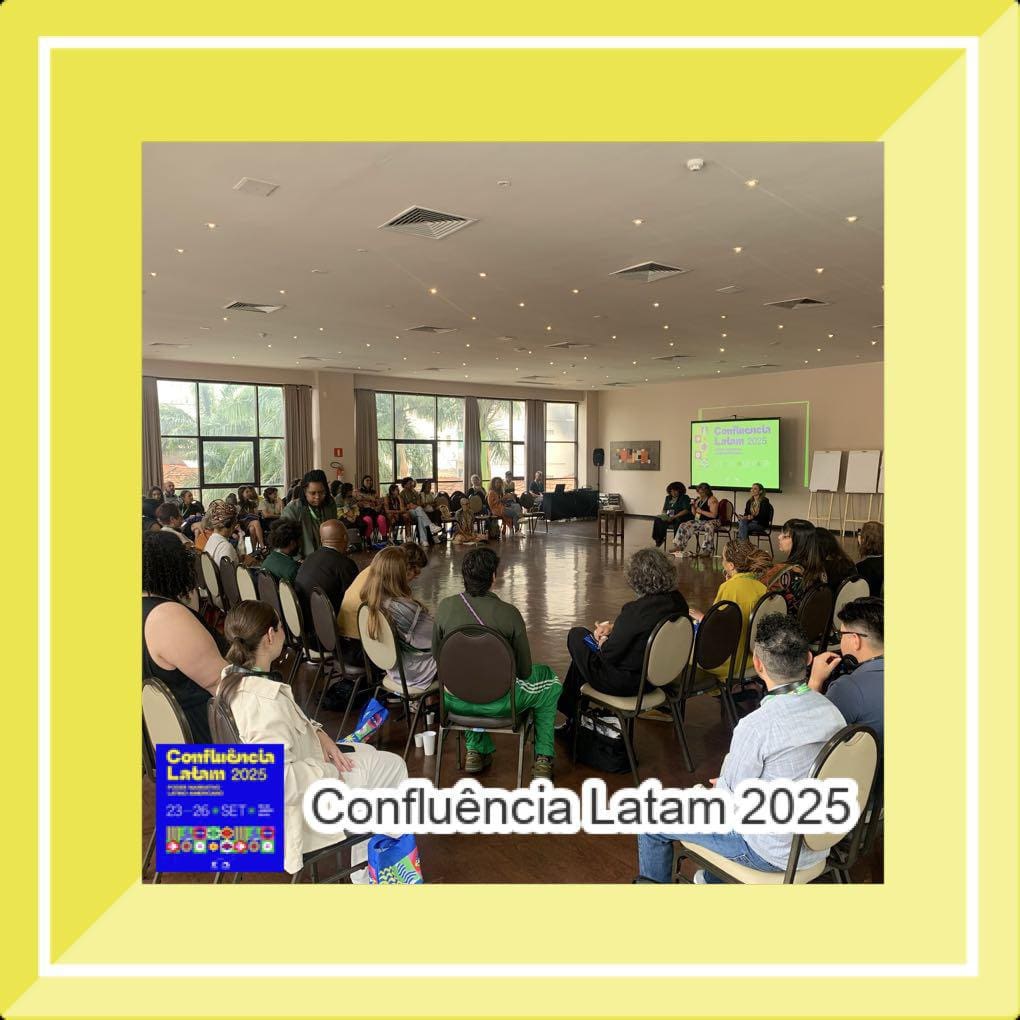
Rio de Janeiro | Confluência LATAM 2025
Last week Brendan wrote in from São Paulo after an evening listening to Ailton Krenak. Today, he's checking in from Rio de Janeiro where for the last few days he's been attending a conference on narrative change in Latin America.
Whether you're working in the region or not, I wanted to share a few general takeaways on narrative change principles so far that I think can help inform the work that each of us in the larger Bio4Climate community are doing across contexts.
1. Prioritizing short and longterm storytelling. Archiving and sharing stories that connect to immediate struggles, the kind that mobilize action and meet people where they are today, but that also nest inside a larger arc of transformation.
2. Narrative change doesn't happen in isolation. It requires rooting stories in lived realities: the politics people navigate, the cultures they belong to, and the social bonds they rely on.
3. Are the tactics we're using actually aligned with the futures we imagine, or are they perpetuating old patterns and reinforcing old social or political ecosystems?
4. Mapping areas of consensus, creating spaces for dialogue, and investing in the infrastructure to hold alliances over time are just as important as the narratives and stories themselves.
How do these things manifest in your work and your activism? What would you add?
Courses
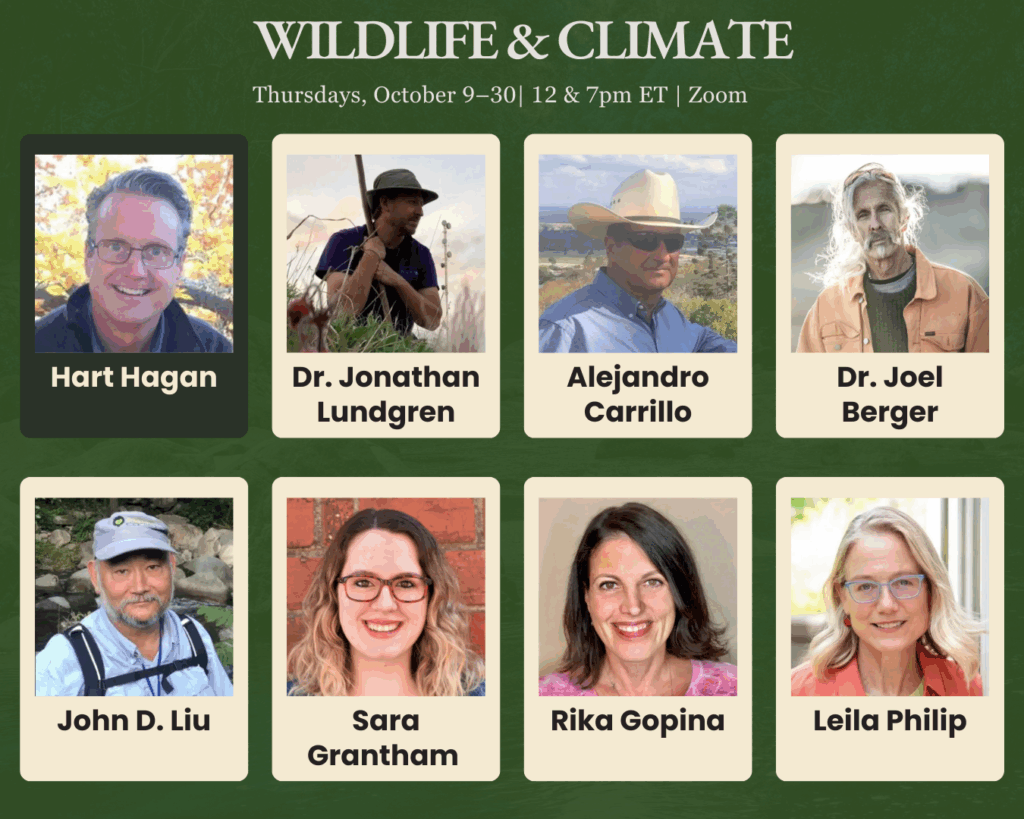
Are Causes of Sharp Wildlife Decline Also Driving Climate Instability?
Wildlife & Climate, taught by Hart Hagan and an exciting roster of guest experts, explores the actual connections between wildlife and climate change and gives us a real and viable framework for living with nature, restoring habitat and addressing climate change.
Get Involved
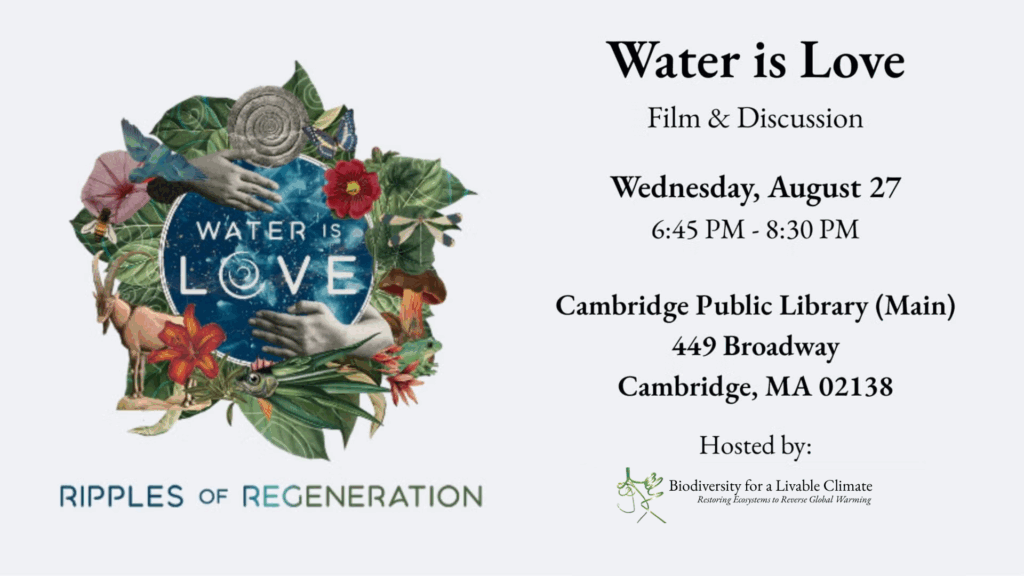
Water is Love Film Screening
Celebrate World Water Week with Bio4Climate in Cambridge, MA. Join us in person on Wednesday, August 27 from 6:45 to 8:30pm for a screening of the inspiring film, Water is Love, with brief discussion and snacks at the Cambridge Library Main Branch, 449 Broadway, Cambridge, MA 02138.
Water is Love follows a group of youth facing climate change challenges leading to a journey around the world with shared stories of regenerative practices such as ecosystem designs to create water retention in communities, villages, and regions.
The film weaves together traditional ecological knowledge, the role of water in shaping climate, and the urgency of restoring…
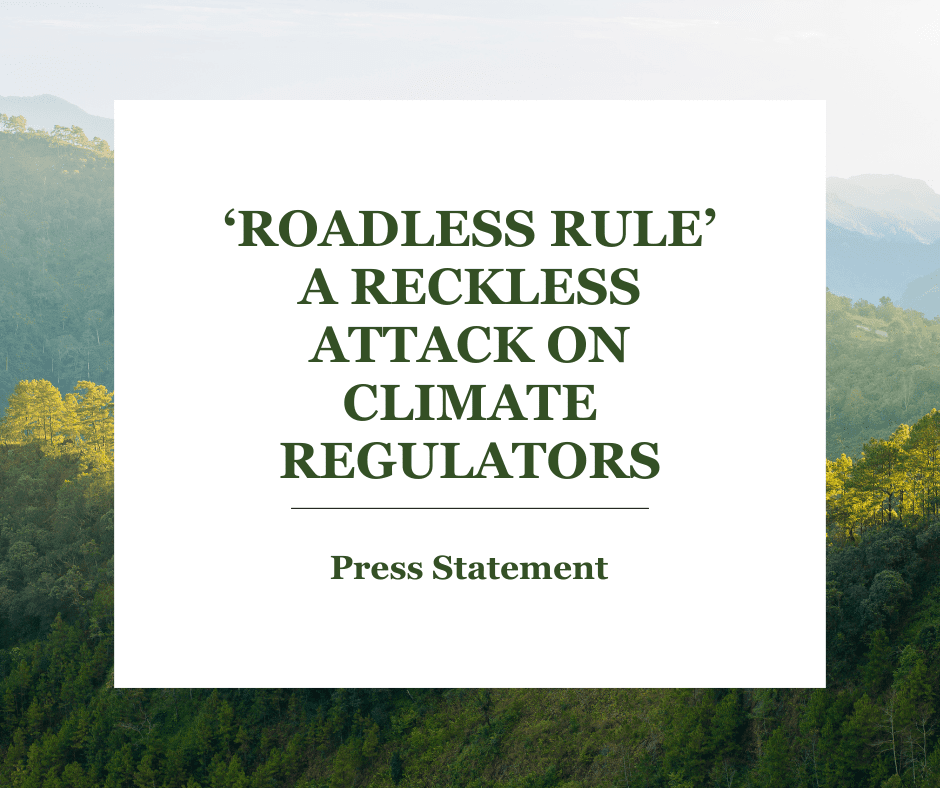
‘ROADLESS RULE’ A RECKLESS ATTACK ON CLIMATE REGULATORS
CAMBRIDGE, MASS. – Beck Mordini, Executive Director of Biodiversity for a Livable Climate issued the following statement on the White House’s decision to declare “open-season” on 58 million acres of native forests, paving the way for road and development construction.
“Just as tens of millions of Americans are experiencing a lethal, record-breaking heat wave, the federal government has launched a reckless attack on one of our most vital natural climate regulators. Forests aren’t just a collection of trees, they are complex, living systems that manage water, cool the planet, and sustain biodiversity across…
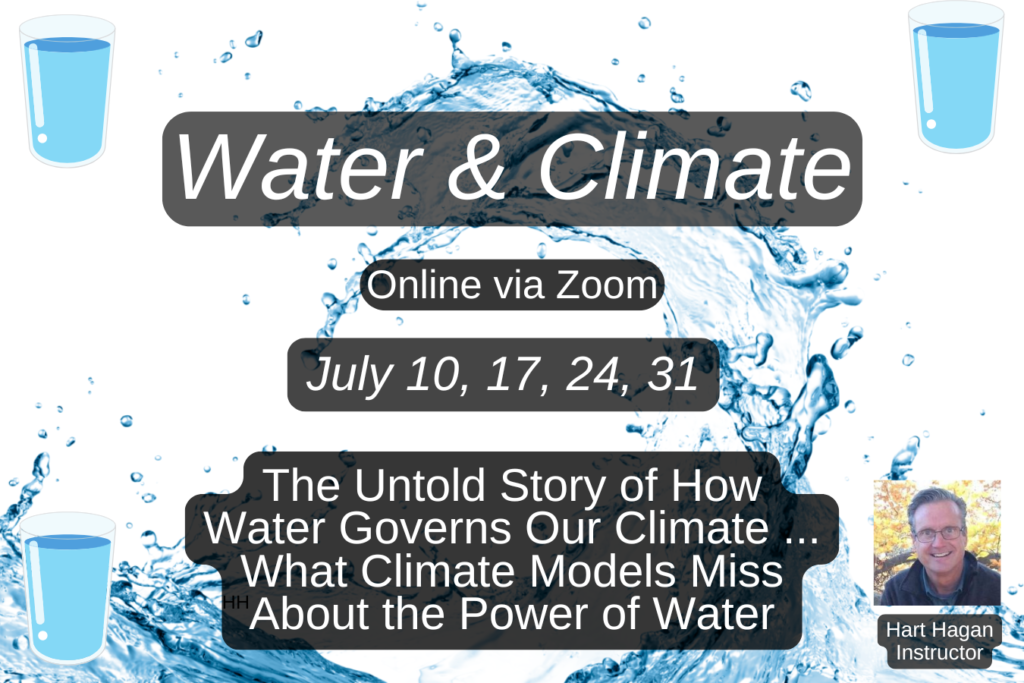
Water—The Missing Climate Solution—July 10-31
What if there’s a powerful solution we’ve been overlooking—one that could actually help cool the planet, starting right where you live?
The untold story begins with water.
Water is the most overlooked climate regulator. Through the cycling of water—plants, clouds, grasslands, wetlands and forests help stabilize Earth’s temperatures. When these systems are healthy, they cool the planet. But clear-cutting, tilling, development and other destructive land management practices have dismantled these natural cooling mechanisms.
We can bring these powerful cooling systems back to life. Join us for Water…
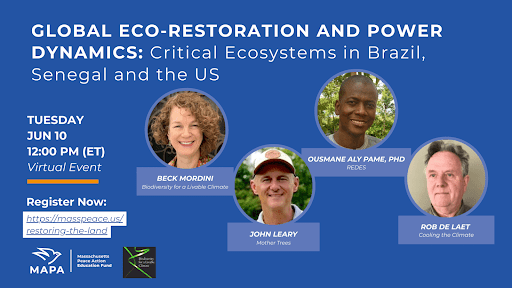
Global Eco-Restoration and Power Dynamics—Critical Ecosystems in Brazil, Senegal and the U.S. – JUNE 10 – 12:00 noon ET
Climate disruption is increasing and with it so is polarization, both within the US as well as among nation states. Now more than ever it is incumbent upon us to highlight successful efforts to create a more sustainable, just, and peaceful world.
Important initiatives in regenerative agriculture, agroforestry, soil restoration, and related practices are making significant contributions to climate adaptation, often contributing to the resilience of communities and international collaboration.
This webinar, a joint project of the Massachusetts Peace Action’s Peace & Climate group and Bio4Climate, will focus…
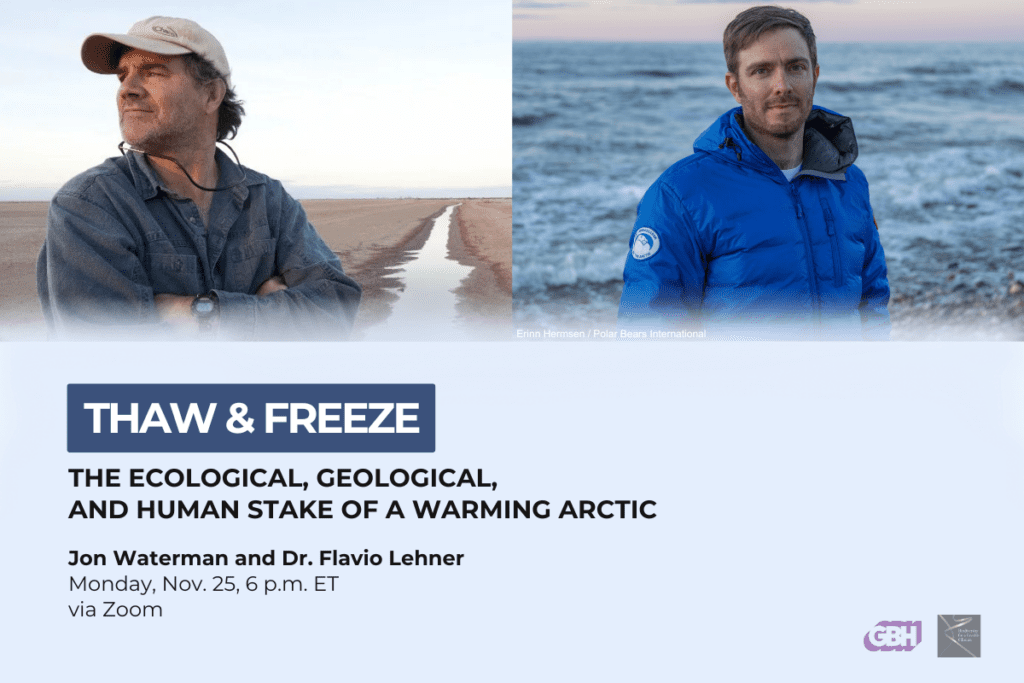
Thaw and Freeze: The ecological, geological, and human stakes of a warming Arctic
A rapidly changing Arctic is reshaping everything. Polar bears navigate shrinking expanses of sea ice, thawing permafrost threatens coastal villages, destabilizes infrastructure, and exhales methane, and warming temperatures push more species northward into a greener arctic. These transformations are profound, and their impacts can extend far beyond the region’s ecologies that depend on them.
What do these changes mean for wildlife, humans, and the climate? How is all of this going to play out in different regions and ecosystems around the world? Does understanding these changes and seeing them with your own…
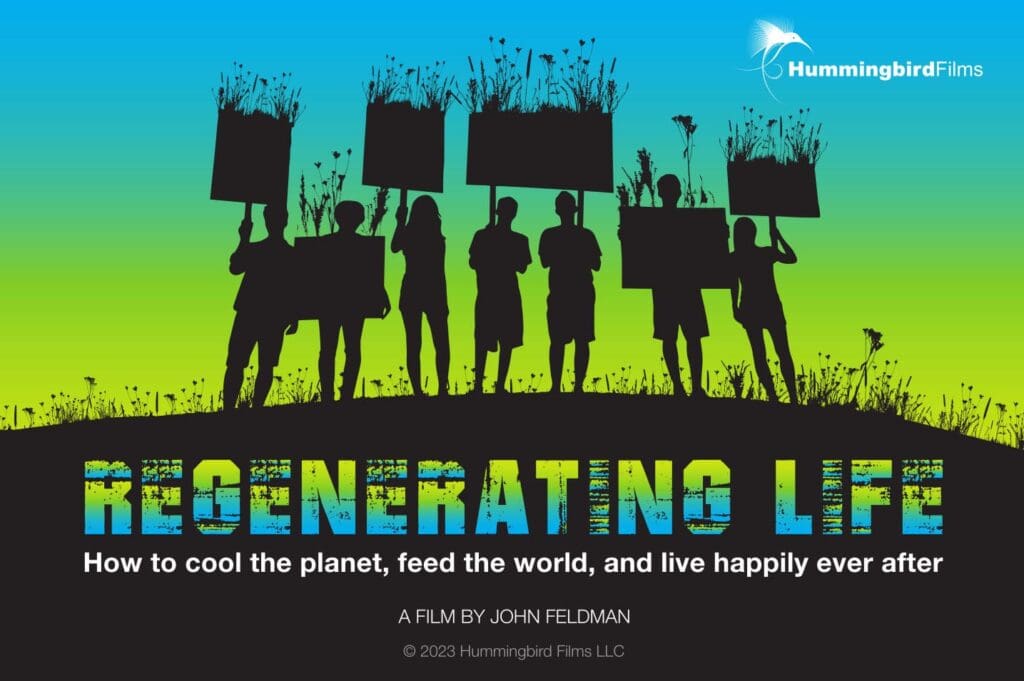
Regenerating Life: Upcoming Screenings
Regenerating Life is a groundbreaking film that reframes the climate crisis by focusing on nature’s power to heal our planet. It reveals how the biosphere egulates Earth’s climate and how its destruction has driven global warming.
The film highlights regenerating ecosystems like forests, fields, and wetlands, restoring the water cycle, and embracing sustainable practices like regenerative agriculture that draw CO2 from the atmosphere, cool the planet, revive freshwater systems, and create abundant food and thriving communities.
Visit Hummingbird Films for upcoming screenings.
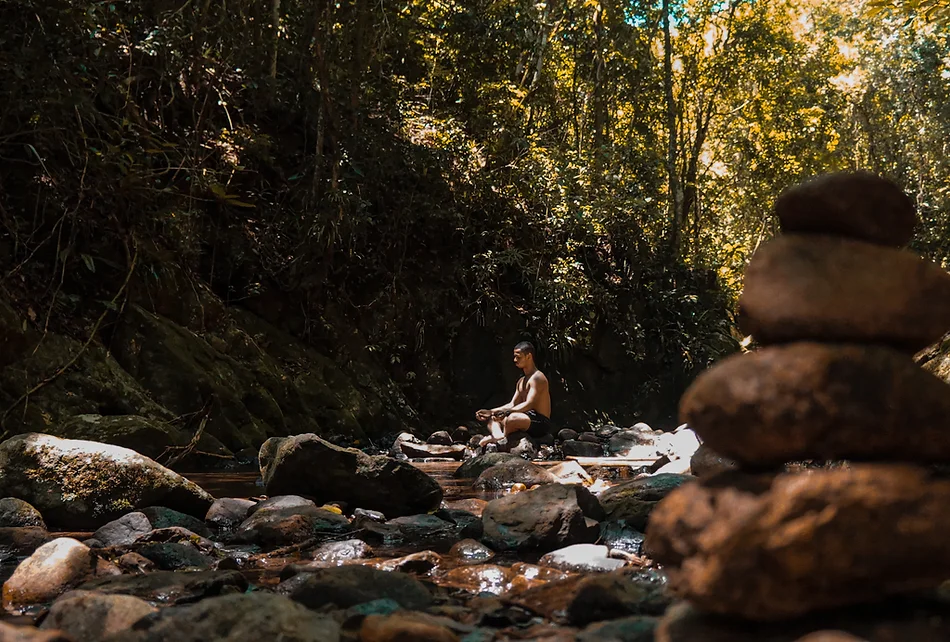
Tell nature’s climate story, the story of connection and life.
― Beck Mordini
Transformation in Mexico
Eco Restoration Works
Watch what happens! A degraded landscape in Mexico is transformed by regenerative management. It took only two years (the arrow points to the same tree).






